Wine and Dine

Love by the Glass - Slovenia’s Wine Journey to China
Aljoša Jakončič
How Slovenian Wine Found a Home in China
Aljoša Jakončič
Director of Winemaking and International Sales
Aljoša Jakončič started his career as analyst and researcher at Agricultural Institute of Slovenia. Since 1997 he is responsible for cellar management, oenology and sales at Carolina Jakončič Winery, Slovenia. His main achievements are awards for his wines: Gambero Rosso, Tre Bicchieri; Robert Parker ratings; Decanter International Wine Competition. In 2019 at the Shanghai Wine Expo he garnered accolades in both China and India. This not only reinforced presence of the Carolina Jakončič Cellar in these markets but also showcased the excellence of Slovenian products on a global.

China is the ninth-largest wine-consuming nation worldwide. Wine is seen as a symbol of elegance and status; some even refer to it as a pass to become a millionaire. 7,700 km away, in Slovenia, wine has a special status as well. Winemaking traditions are passed down through generations, with wine playing a central role in social gatherings and important milestones. Fittingly, the Slovenian national anthem, Zdravljica – “A Toast” is based on a poem that celebrates wine. Winemaker Aljoša Jakončič, who is leading a Slovenian winery and has been exporting wine to China for over two decades explains how the cooperation works.
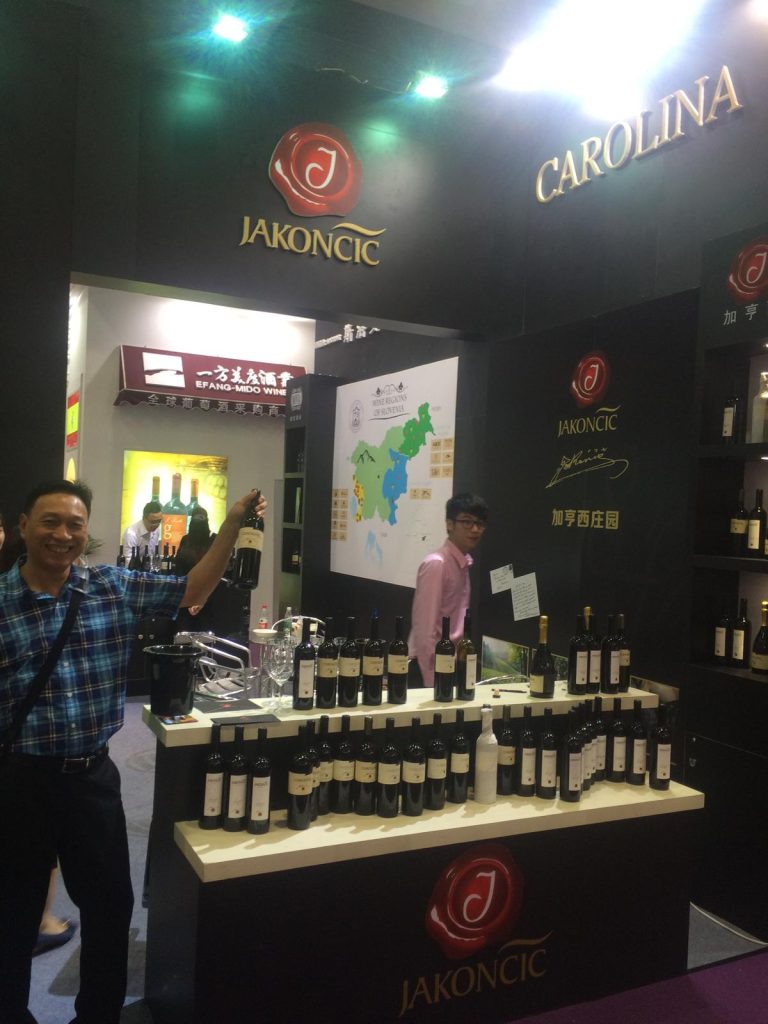
China leads the world in grape production. It is contributing nearly half of the world’s grape production with the third-largest vineyard area worldwide.
For many years, wine in China was regarded as a luxury item, closely tied to social status and prestige, luxury, symbolizing the social status of the drinkers. Nowadays, wine appears more and more frequently on the table at family and social gatherings. We also witness emerging market trends. There is a new consumer segment consisting of individuals who will never mind spending more on an excellent wine to highlight their social standing. Especially when it comes to red wine.
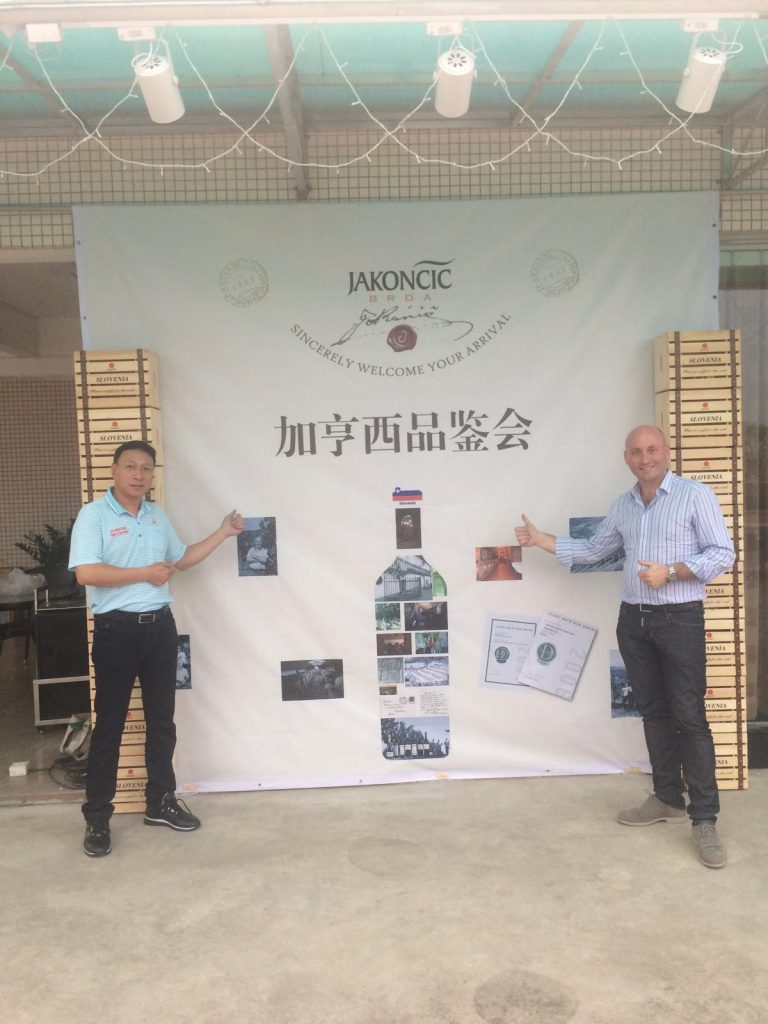
Comparison to Pu Erh Tea
Red wine is by far the most popular wine in China. Its popularity stretches from everyday drinkers to millionaires alike. It accounts for nearly 95% of total wine consumption in China.
“Chinese wine enthusiasts have a particular love for delicious, rich, smooth reds with low acidity and sweet, soft tannins. Merlot, in particular, has won many hearts here,” explains Aljoša Jakončič, a passionate winemaker, who is leading a family-run cellar, dating back to 1847.
They are situated in the Brda region of Slovenia, and have a vast international selling network. He has been working with China since 2002. He explains that:
“Chinese wine lovers often compare a good red wine to their renowned Pu’er tea—a fermented green tea from the Yunnan region. The tea gets its name from the place where they use this unique method where the tea acquires a characteristic red color with nice soft fruity tannins similar to those of a good Merlot.”
We witness the emergence of China as a significant player in the world of wine as both an importer and an exporter.
“We started by selling just a couple of pallets a year, but quickly grew to shipping a full container annually. Today, we sell between one and three containers each year,” explains Jakončič.
Imported wine implies a good taste and high quality among Chinese wine drinkers, so, it’s often served at business banquets or given as gifts. Apart from the type of wine, in China it is also important how it is packed, what is label like and where it is sold.
“We have customers there in several regions. Some are entrepreneurs and buy wine also for gifts and hosting business partners. Some are hotel owners and some are consumers, too. In principle, except for Shanghai and the surrounding cities, which are somewhat more European culturally calm, wine is not consumed in restaurants and hotels. In other cities, tea is consumed during meals and Baijiu, known as Mautai or Beer, is consumed on the side. Wine is usually brought to the restaurants by the guests themselves if they drink it.”
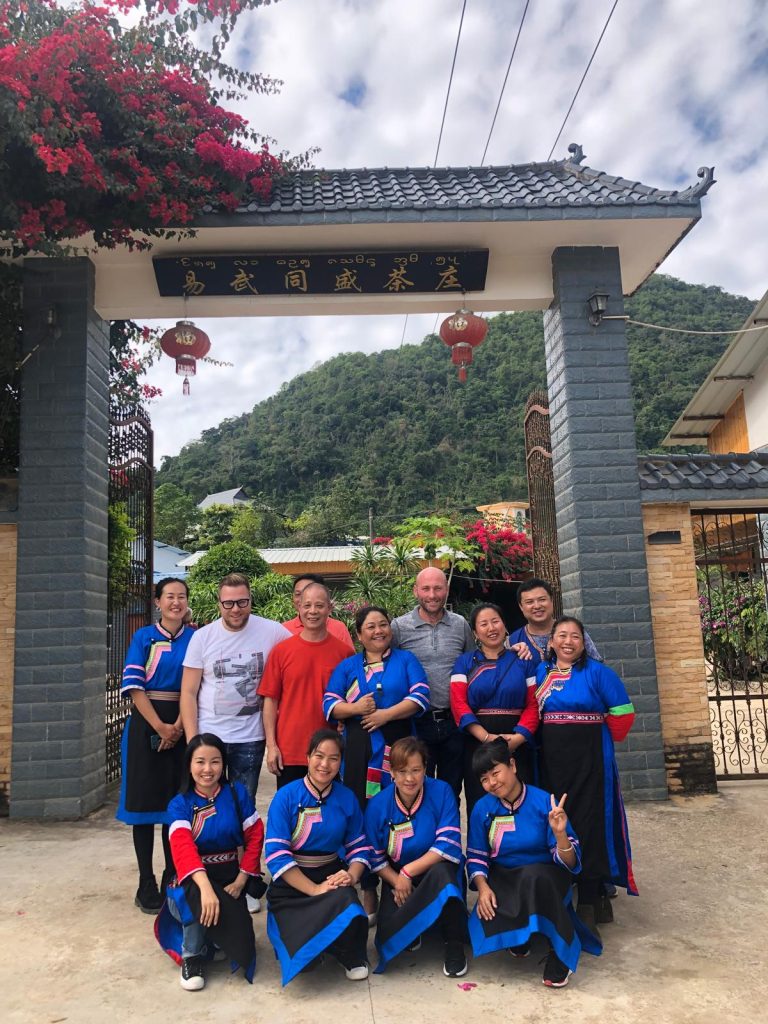
Be Careful About the Hierarchy
How to start collaborating with China? Many would suggest focusing on thorough market research, however Jakončič admits that in his case it was a mere coincidence.
“I started by chance. I met our partner in Tokyo. He didn’t speak English, I didn’t speak Chinese, but we both felt a common connection. We were born in the same year and have always been good friends. 24 years have passed since then.”
Chinese culture is rich with traditions and rituals, so they pay much attention to also to meanings associated with their food and drink.
“The Chinese are extremely attentive and polite. They always have a little attention with them to surprise the host and they also like to accept a little present themselves,” says Jakončič.
He adds: “Their hospitality is generous. They always show that the guest comes first and there is always a hierarchy when visiting. You have to be careful about the hierarchy when visiting, the seating order should always be left to the host to determine. It is impolite to refuse food that is offered to you, in which case it is better to try to show a slight sign of interest and leave the food on the plate.”
Leaving a little food on your plate signifies that the host has provided sufficiently.

Good Lessons
Business etiquette in China emphasizes building strong relationships- Guanxi, respecting hierarchy, punctuality, appropriate attire, and respectful communication are also crucial.
Jakončič, whose wines won the highest awards on Decanter, renowned as one of the world’s most prestigious competitions, gives more details.
“The Chinese rarely show that a business conversation is not going in the right direction, they simply start another debate. They conduct a business conversation quickly and efficiently; a typical meeting lasts a maximum of 15 minutes. At that time, they use all the opinions and suggestions from the previous meeting.”
He also expresses deep respect and feels honored to do business with China.
“I can honestly say that I learned the basics of business from the Chinese,” Jakončič shares.
So, what are the key lessons?
Jakončič sums it up with the KISS principle.
“Get to know your partner thoroughly as a friend, so you see the way of thinking when he relaxes. Short and effective meetings. Always keep your word that you agreed upon. Always stick to the payment agreement.
Fortunately, the Chinese did not cheat me,” he says with a smile.
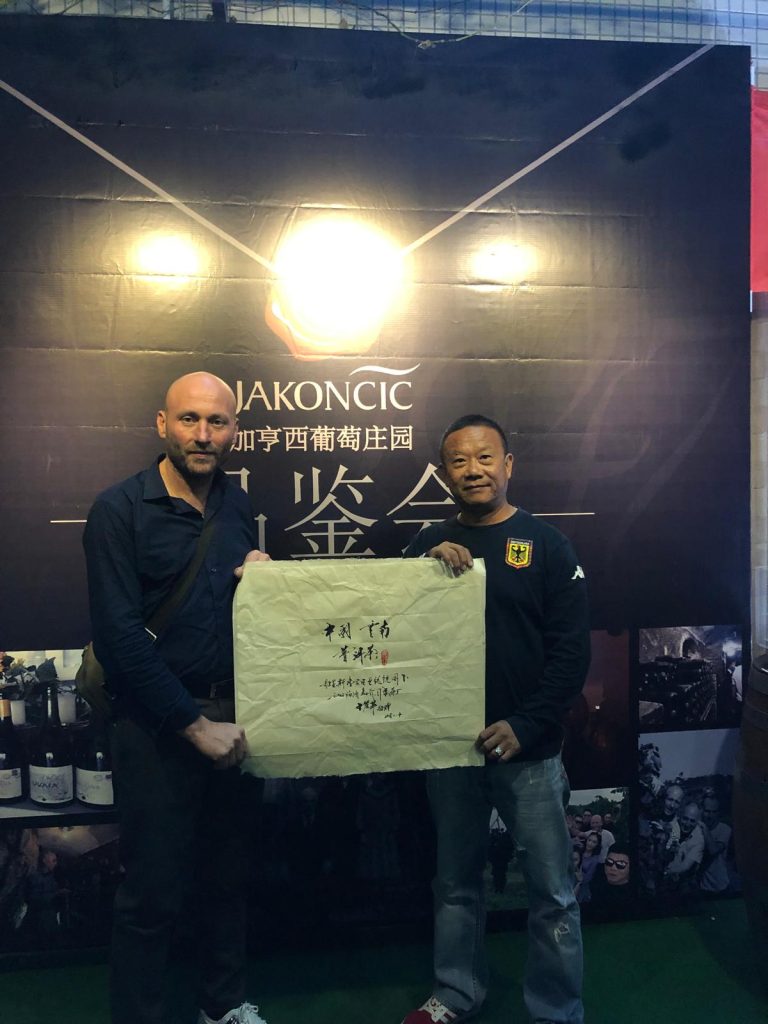
Behind-The-Scene Story
We also asked Jakončič to share an anecdote with our readers.
Here is an engaging story he used to illustrate a point about China–Slovenia business relations:
“Our importer is from the Cantonese region. We had a couple of days of tastings in Shenzhen. Since the restaurants there are open 24 hours, we decided to get something to eat after a long day—it must have been 2 or 3 AM. I modestly remarked that I wanted some warm soup. Everyone was pleased to help and said, ‘Now you’ll get a soup that will really wake you up and give you strength. They started to bring food and place it on the rotating table. Then, in front of me, they put a bowl of chicken feet soup. The legs were cut off and seemed to be ‘looking at me,’ and at the bottom of the pot was a thick, dark yellow, pudding-like broth. It was completely different from Slovenian chicken soup. I started to sweat. This might have had medicinal value for them, but I could barely manage a spoonful. There was no way I could handle the chicken feet. Of course, they kindly demonstrated how to clean the chicken joints and properly eat the meat…
Well, it’s a good story to tell. It taught me that when expressing wishes to the Chinese, one must be extremely specific and clear.”
Text by: Tonja Blatnik

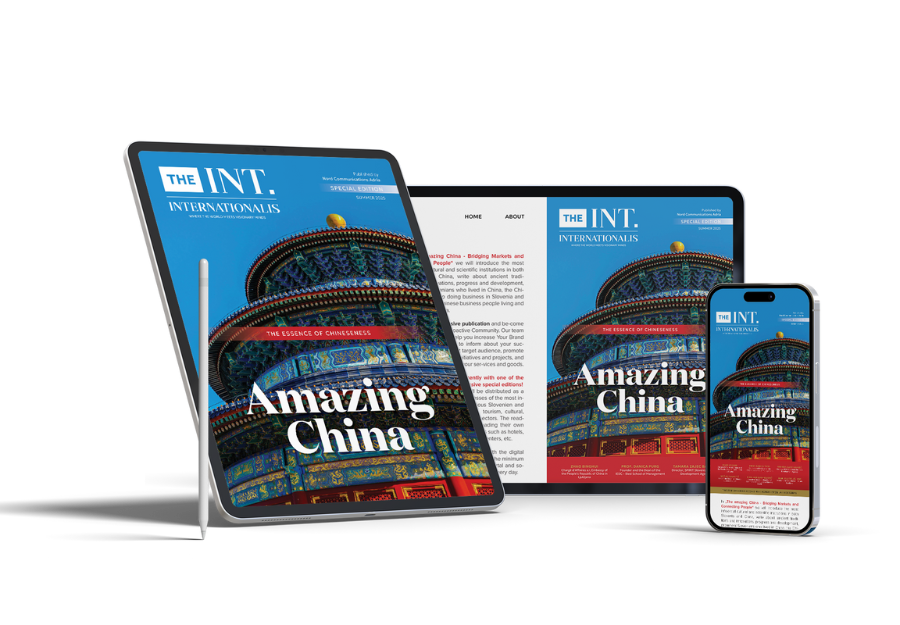
Get news before anyone else!
This audio recording was generated using AI technology. While every effort has been made to ensure clarity and accuracy, please note that the pronunciation of non-English words—particularly Chinese—may not always be correct. We appreciate your understanding and acknowledge that any mispronunciations are unintentional. Internationalis Media is not responsible for potential inaccuracies in AI-generated speech.